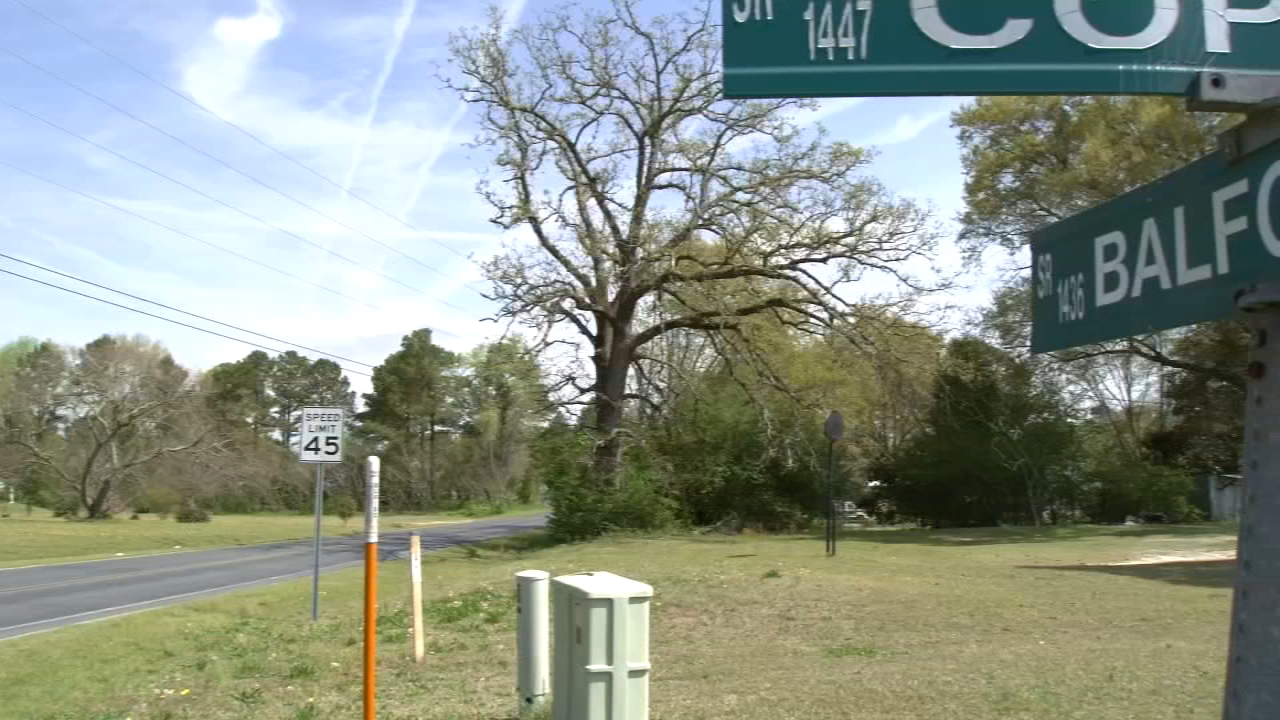US Service Member Killed During Raid of ISIS Prison

A U.S. special operations service member died in a Kurdish-led hostage rescue mission in northern Iraq today that freed 70 Arab hostages being held by ISIS.
The fatality marks the first U.S. death from hostile fire in Iraq since a training mission began there in June 2014.
More than 30 U.S. ground troops serving as advisers and five U.S. helicopters participated in what began as a mission to support dozens of Kurdish forces and ended up involving the U.S. forces in what one U.S. official described as "an intense firefight."
"Early today in Iraq, at the request of the Kurdistan Regional Government, U.S. Special Operations Forces supported an Iraqi Peshmerga operation to rescue hostages at an ISIL prison near Hawijah, Iraq," Pentagon press secretary Peter Cook said in a statement confirming the raid, using the government's acronym to describe ISIS.
"This operation was deliberately planned and launched after receiving information that the hostages faced imminent mass execution," Cook said. "It was authorized consistent with our counter-ISIL effort to train, advise, and assist Iraqi forces."
Here are some of the details:
WHAT HAPPENED?
About 70 hostages were rescued, including more than 20 members of the Iraqi Security Forces, Cook said, adding that five ISIS terrorists were detained by the Iraqis while others were killed.
The United States also recovered important intelligence about ISIS, Cook added.
WHEN DID PREPARATIONS BEGIN?
Planning for the mission began in recent days after the Kurdish Regional Government contacted the U.S. military with concerns that as many as 20 Peshmerga fighters being held by ISIS at a prison in Hawijah faced imminent execution, according to a U.S. official.
With initial corroboration of the Kurdish information from U.S. intelligence, the U.S. military agreed to support a Kurdish-led mission to rescue the hostages by providing five helicopters, airstrikes and advisory personnel for the raid. The 30 U.S. ground troops accompanied a similar-sized force of Kurdish Peshmerga forces, and were in addition to the American flight crews manning the helicopters.
"We provided the enabling with transport, intelligence and advising," a defense official said. "The mission was, 'Get them there, support them.' We always have the right of self-defense."
HOW DID THE RAID START?
The nighttime raid began with the launching of five U.S.special operations helicopters that would ferry the more than 30 U.S. troops and an unknown number of Peshmerga forces to the two buildings in Hawijah serving as an Iraqi prison.
The complex mission also included U.S. airstrikes targeting buildings held by ISIS close to the two-building compound that ISIS was using as a prison. The airstrikes enabled the helicopters approach and to prevent reinforcements from arriving at the scene.
WHY DID THE U.S. ADVISERS HAVE TO FIGHT?
The Peshmerga forces initially began the raid on the compound, but the official said the U.S. special operations advisers began fighting after taking fire in what had become "an intense firefight."
The firefight left between 10 and 20 ISIS fighters killed, four Peshmerga injured and the one American who was wounded and later died of his injuries after being flown to Erbil for medical treatment.
Once they entered the prison buildings, the American and Kurdish forces were surprised to find they contained many more hostages than initially believed. Instead of finding 20 Kurdish Peshmerga fighters, they found more than 70 Sunni Arab hostages, about 20 of whom were members of the Iraqi Security Forces, Cook said.
HOW DIFFICULT WAS IT TO FREE THE HOSTAGES?
The discovery led to a complex operation by the crews of the five U.S. helicopters who now had to safely transport the assault force and the much-larger-than expected number of rescued hostages back to Erbil.
After the last of the U.S. helicopters had departed the compound, American aircraft conducted airstrikes to level what had been the ISIS prison compound.
There are now 3,315 U.S. troops in Iraq to train, advise and assist Iraq's military to fight ISIS.
The U.S. military mission to fight ISIS in Iraq and Syria is known as Operation Inherent Resolve. According to the Defense Department, there have been nine fatalities among service members serving as part of Operation Inherent Resolve, which also includes personnel serving at sea or at airbases in the region.
While most U.S. troops are restricted to large bases, small teams are allowed to accompany Iraqi forces in an advisory role.
Pentagon Press Secretary Peter Cook said that Defense Secretary Ash Carter had approved the U.S. military support role in the raid. He cited the "unique circumstances" of a request made by a "close partner" like the Kurdish regional government and said the mission fell within the broader mission of fighting ISIS because "lives were at risk."
Cook noted that American forces were in a support role but explained that "they are allowed to defend themselves, and also defend partner forces, and to protect against the loss of innocent life. And that's what played out in this particular operation."
He said nothing had changed with respect to the role of American troops serving in the training, advising and assisting mission with Iraqi forces to fight ISIS.






